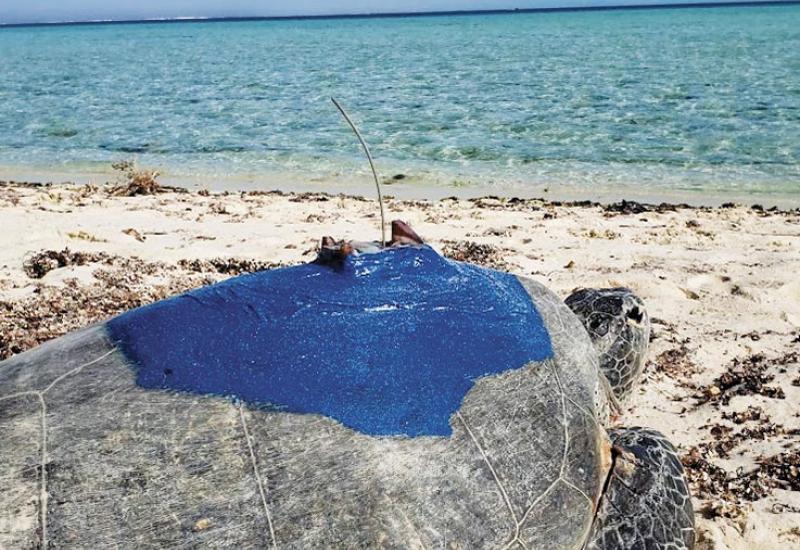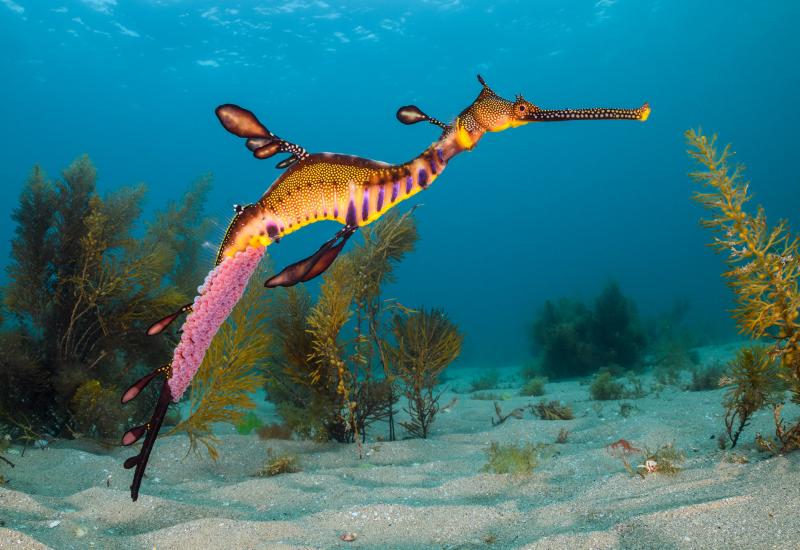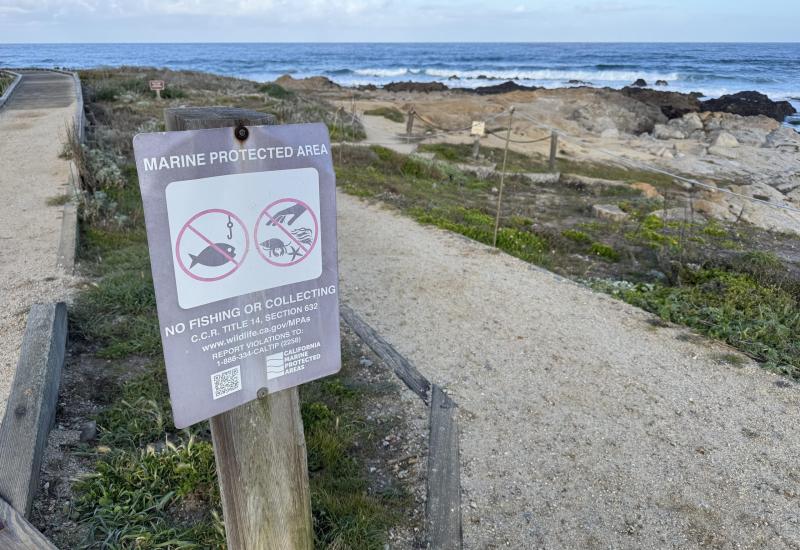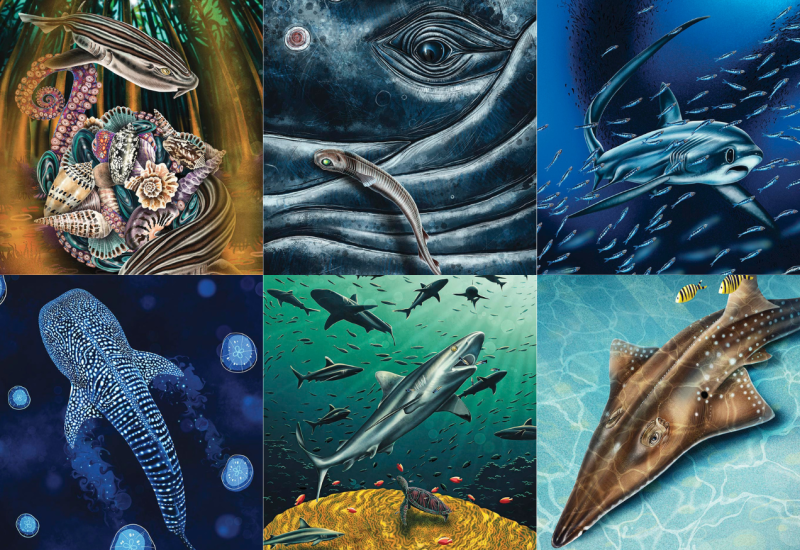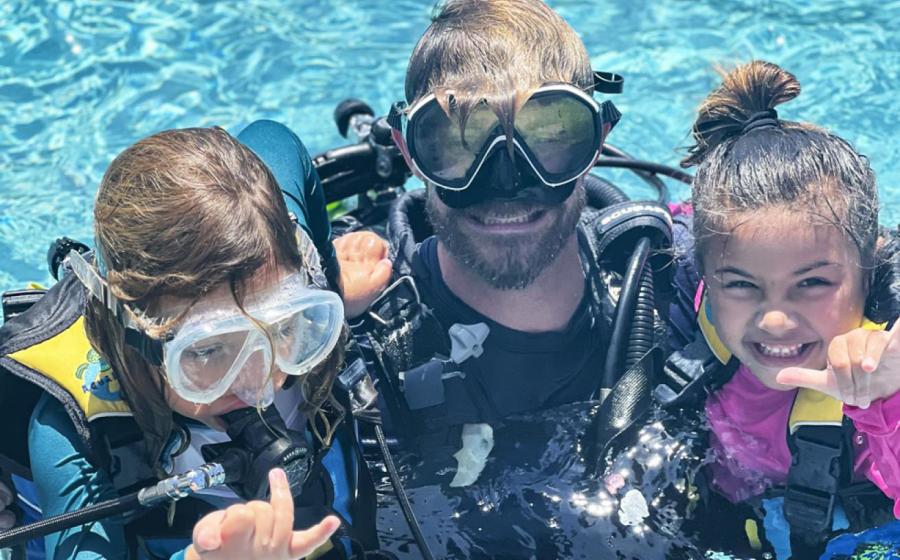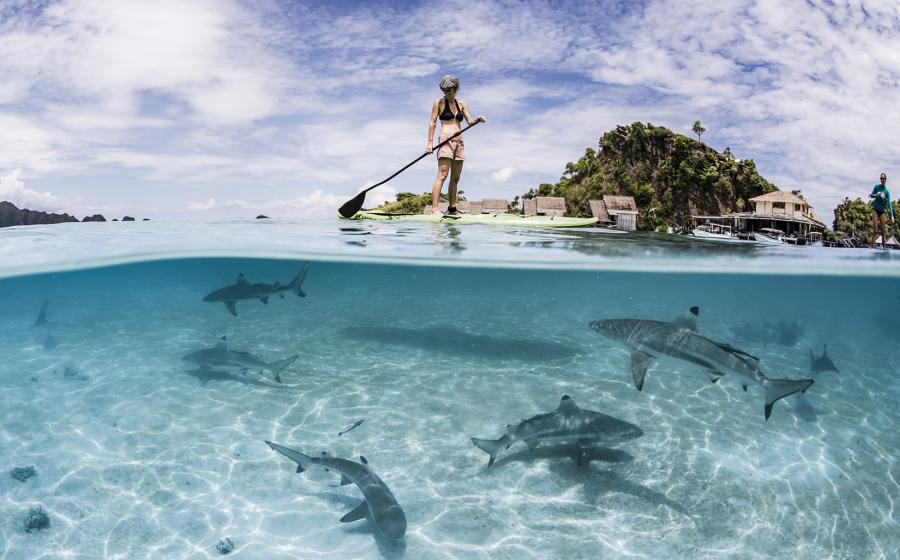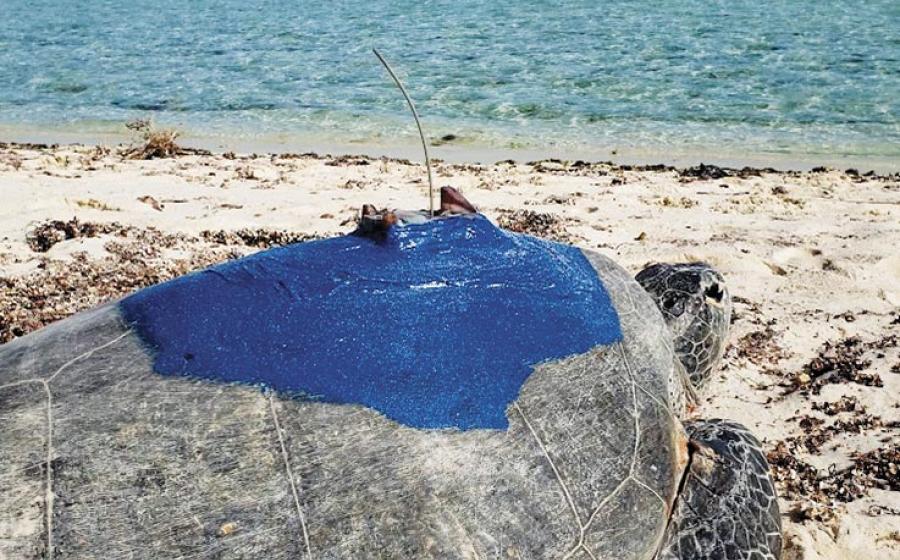Five Shark Species You Don't Know
Diving with sharks is at the top of many divers’ wish lists and rightly so. There is nothing quite as enthralling as swimming alongside these apex predators or watching them gracefully patrol the big blue. Most divers can name a handful or more of shark species, but there are actually over 500 species of shark alive today. Here are our top five shark species you may not know:
Salmon shark
Salmon sharks look similar to small great white sharks on first glance but can easily be distinguished by their shorter snouts and blotched bellies. They are found in the northern Pacific Ocean and are seen mainly in Alaskan waters, where over 93% of the salmon sharks are female.
They are large; growing up to 3.6 meters in length (11.9 feet) and weighing up to 317kg (700 lbs.). They can dive up to 150 meters (500 feet) and live for approximately 30 years.
Salmon sharks are resident in the Gulf of Alaska all year and have the highest body temperature of any type of shark, meaning they can occupy sub-arctic waters and swim fast. They generally hunt alone, mostly feeding on Pacific salmon, but will join feeding groups of up to 40 sharks. They have occasionally been known to feed on sea otters but mostly eat salmon, herring, and other species of fish.
This species of shark is not endangered, thanks to relatively conservative fishing restrictions in Alaskan waters. Divers can experience salmon shark diving in Alaska.
Greenland Shark
Another northern shark species, the Greenland shark is found where the name would suggest; in the cold waters around Greenland and also off Iceland, Norway and Canada. They prefer cold water and will migrate between deep and shallow arctic waters throughout the year to remain in the coldest part of the water. They are huge sharks, growing up to 6 meters in length and weighing up to 1000 kg (2100 pounds). Estimated to live over 300 years, it is thought they are unable to breed until they reach around 150 years of age.
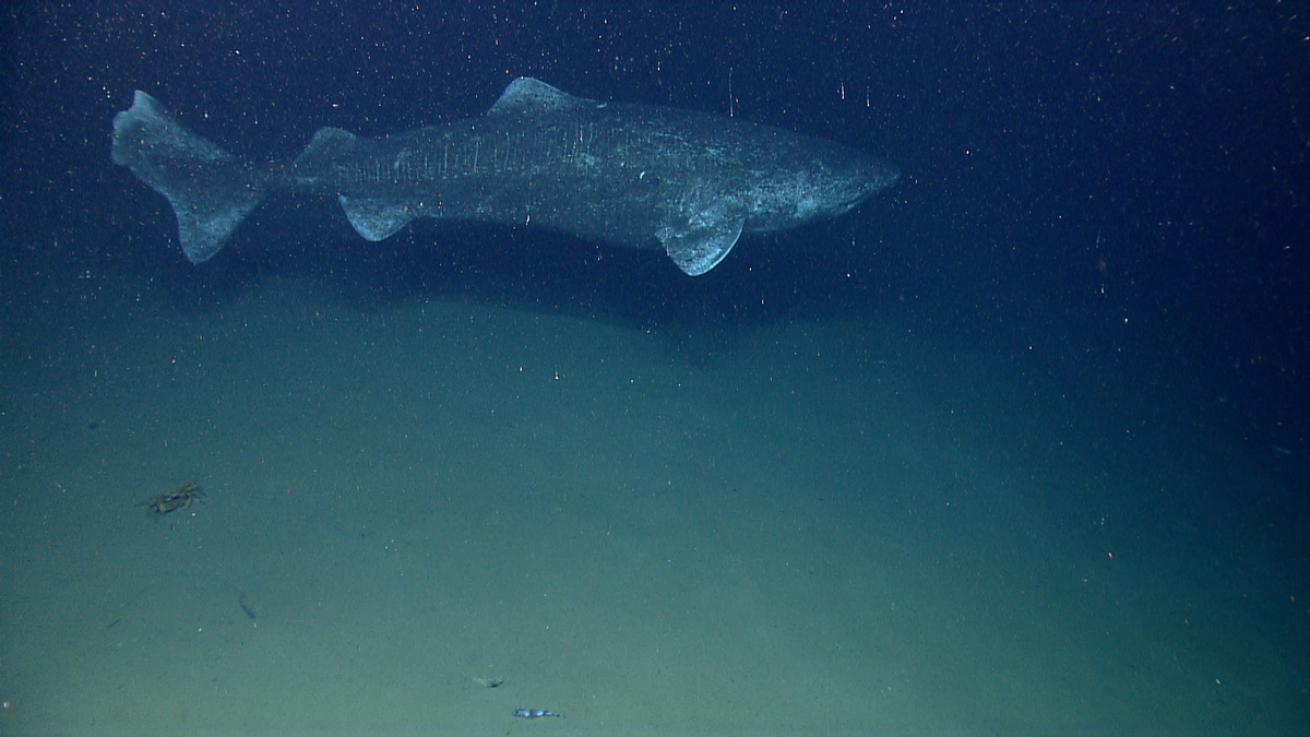
NOAA OKEANOS Explorer Program , 2013 Northeast U. S. Canyons ExpeditionGreenland shark
Most of the Arctic Greenland sharks are blind, thanks to an eyeball parasite, though they can still easily find their prey in deep, dark waters by using their other senses. They mostly eat fish but have been found with the remains of polar bears, horses, moose, and reindeer in their stomachs. Being scavengers of the ocean, they are attracted to the smell of rotting meat.
They are Near Threatened with extinction and are not the easiest sharks to find, given their tendency to dive very deep. Divers may be lucky enough to experience them whilst liveaboard diving Scoresby Sund in Greenland. Scoresby Sund is the world’s largest fjord system and offers the chance to try polar diving whilst keeping an eye open for the elusive Greenland shark.
Sevengill Cow Shark
There are 37 different species of cow sharks and they are considered the most primitive of all living shark species; having first appeared over 150 million years ago in the early Jurassic. Their digestive systems are thought to still resemble those of primitive sharks and they can be identified by one obvious feature; the presence of extra gills slits.
The Broadnose sevengill shark, or Sevengill cow shark, has small eyes, a blunt snout, and is covered in spots. Whilst they may look like hand puppets, they are incredible apex predators. They live in kelp forests and hunt a variety of animals, including other sharks, rays, sea lions and fish species. They will occasionally hunt in packs to take down larger prey and tend to hunt at night. They grow up to 3 meters in length.
They have a long 12-month gestation period and can give birth to litters of up to 100 pups. Sevengill cow sharks are found off California, Tasmania, False Bay in South Africa, and New Zealand. They are a great species of shark to dive with. Being curious, they will approach divers from amidst the kelp and pass by at close range.
There is not enough data to determine if this species of shark is threatened with extinction, though fewer of them have been seen in recent years in South Africa. This may be due to visiting orcas in False Bay and changes in the bay’s great white shark and cow shark behaviors in response to hunting orcas.
Busted: Three Myths about Sharks You Should Know
Pyjama Shark
Pyjama sharks may not be the most enigmatic of shark species but they are certainly worth a mention. Found only off the coastal waters of South Africa, this small shark is mostly nocturnal and is found in shallow waters among kelp beds; making them an easy shark to dive with.
They are striped from head to tail, have over twenty rows of teeth, and primarily feed on fish. They will sometimes group together to hunt and hide in chokka squid egg beds to hunt the female squids as they descend to attach their eggs.
These sharks are frequently eaten by broadnose sevengill sharks and are threatened by small shark fisheries within their range. Perhaps their most endearing feature is how they respond to being threatened; by curling into a circle and covering their head with their tail.
Divers can experience these sharks in False Bay, South Africa.
Dwarf Lantern Shark
The smallest species of shark, the dwarf lantern shark, grow to a maximum length of just 20cm (7.9in). Living at depths of between 200 and 400 meters (656 to 1312 ft.), they are rarely seen and are only known to be present off South America.
They have organs that emit light along their bellies and fins, like other lantern sharks. These lights help camouflage them when they feed in sunlit shallower waters and attract smaller animals when they hunt in the deep, dark waters of the ocean’s twilight zone. Their close relative, the velvet belly lantern shark, uses light in a slightly different way; to warn off predators such as seals, porpoises, and catsharks.
Divers are unlikely to ever experience these sharks, but it is incredible to think there is such a small species of shark out there that will literally fit in the palm of your hand.
This article was written by divers and writers of Liveaboard.com.

